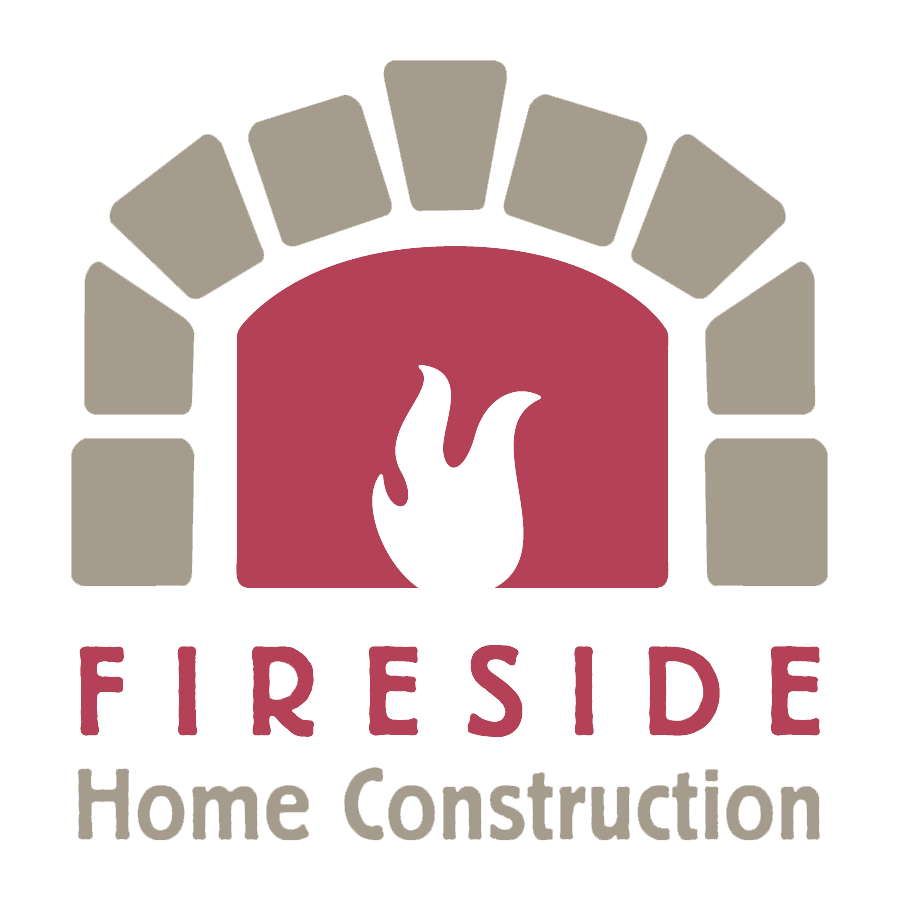Lead Safety Certification Rule Means a Healthier Home for You and Your Family, No Matter What
Back in "the day," everybody thought lead was a good thing. It improved the performance of paint, making it more more moisture-resistant, quicker-drying and more durable than other paints — practically "sustainable." What we know now, though, is that paint made with lead is a human health hazard, especially to children, and although no one has used it in residential construction since 1978, it continues to be a serious risk to hundreds of thousands of our country’s children, millions of families and residential renovation workers — one the government is taking very seriously.
Because even tiny amounts of lead can permanently damage a child’s growing brain and result in IQ loss, learning disabilities, and behavioral problems, renovation firms are now required (since April 22, 2010) to be certified by the US Environmental Protection Agency (EPA) in lead abatement practices.
The new rule is called the "Renovation, Repair, and Painting" (RRP) rule.”
It applies to "target housing" — any residence built on or before December 31, 1977, and requires that all renovation firms working on these homes must:
Be trained and certified by taking an eight-hour Lead Safety Course
Pay a fee and be re-certified every five years
Ensure that all non-certified workers work directly under a certified renovator and receive on-the-job training for best-practices (and prohibited practices) on the job
Employ lead-safe work practices for set-up and clean-up
Educate homeowners and occupants about potential hazards
Document how they complied with the rule for each job and retain those records for three years in case they are audited by the EPA
Know how to limit lead risks during renovations and limit them accordingly
There is no question that managing lead properly is a very, very good thing, but there are a lot of questions about how much it will cost everyone involved.
I wonder: does it really matter?
Now, my perspective may be a little different because, as a Michigan green builder and remodeler since 1996, we have always taken extra steps to promote safety, but even if we hadn’t, my opinion would be the same.
Yes, contractors will invest hundreds, even thousands, of dollars in training and certifictions. Some old homes may even lose substantially in terms of their resale values. And then there will be job costs as well that have to be passed on to home owners. I wish I could tell you what these costs will look like, but no one is quite sure.
The EPA estimates that added costs per job range for lead safety will add between eight and 10 percent (excluding exterior work that requires vertical containment), but many experienced contractors are saying those numbers are really much, much higher. And they are worried about how this will affect them and their customers.
As a green builder who builds green for the good of individuals, families and communities, I feel that we should stop the worry, take all of this in stride and just move forward diligently. Surely, there would be more costs to human health — and our group conscience — if the rules weren’t complied with.
I’m certified and the people we work with will be, too. As a result, all of us sleep well at night knowing our certification made us that much better, that much greener. And that, as they say, is priceless.
